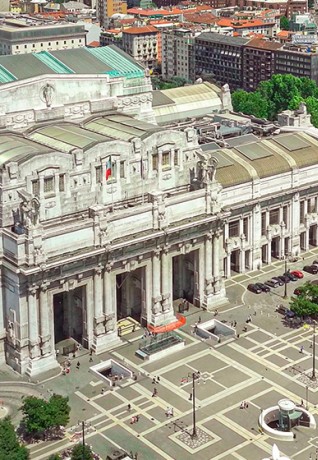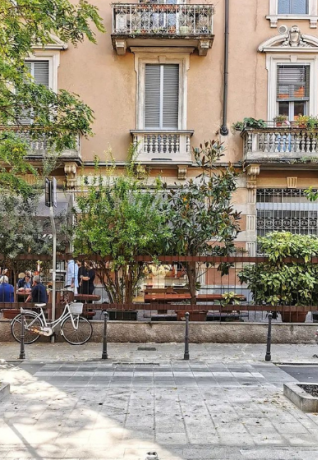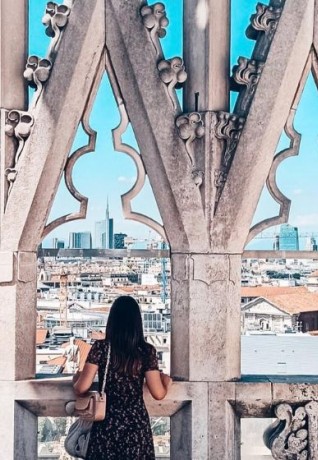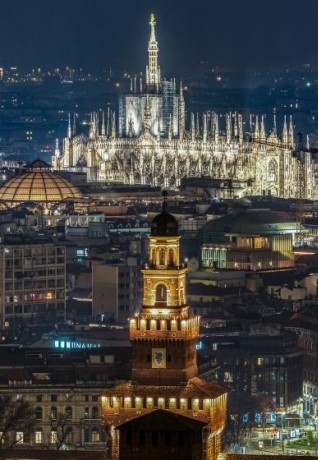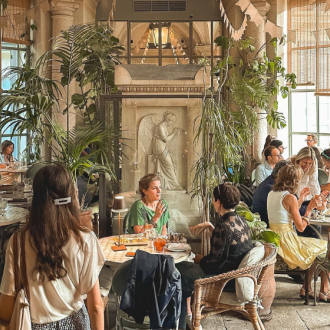The Milano of Dino Buzzati
A tour along the dreamy streets of the writer
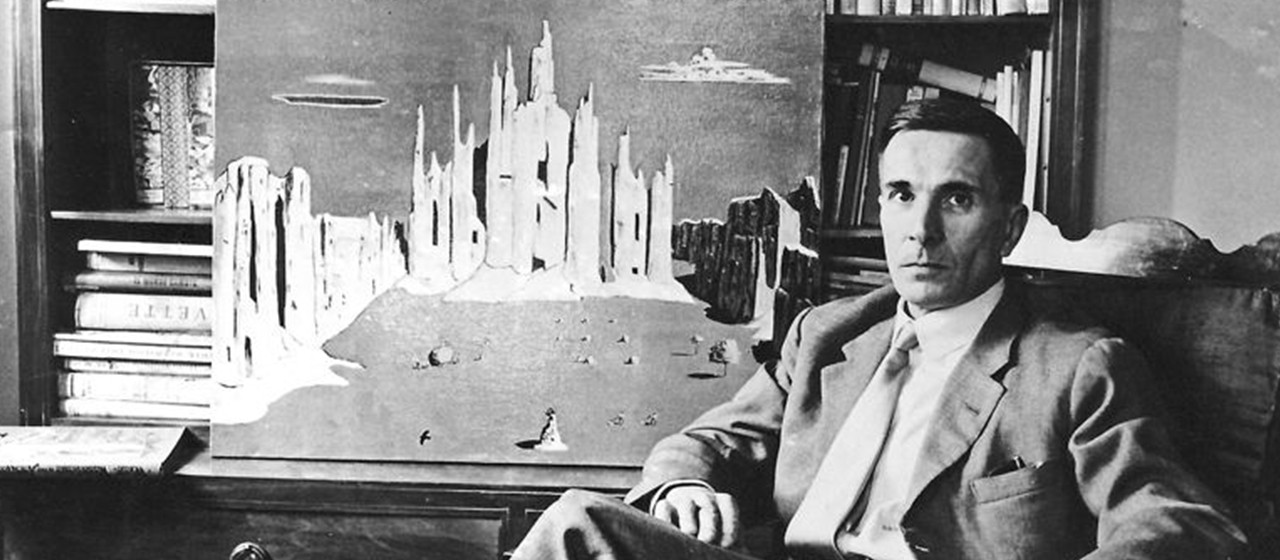
The Milano of Buzzati has the scent of the old editions on sale in a good vintage bookshop. Through his stories and novels, inspired by the news and guided by his crazy imagination, Buzzati has been able to create narrative amenities, metaphorical games that transformed everyday life into social analysis. The author, although he was not born in Milano, has shown a placid appreciation for this city and spent his whole life there, between his work and the ability to investigate the background of the metropolis until his death.
A call to an inexorable death, exorcised by the memorable tales of the collection Il Reggimento Parte all’Alba (The Regiment Is Leaving At Dawn), the posthumous masterpiece about the ineluctability of time and the ability to give the right value to what we have.
And @yesmilano
Milano is described as cloudy and licentious, with a subtle irony that often results in cynicism. Thanks to the writer's pen, the news events that occurred in the urban scene made the journalism of Via Solferino an undoubted work of art "in black". In this by now very well known street, there is the building that houses the Corriere della Sera, the city’s most famous daily newspaper, where Buzzati worked between 1940 and 1970.
The social analysis carried out by the author is especially evident in La Nera (The Black - a box set edited by Mondadori in 2002), that collects the news articles published in the Corriere della Sera during Buzzati’s years as a journalist.
Among others, we remember the article with which Buzzati recounted the tragic multiple murder committed by Rina Fort at an apartment located at n. 40 of via San Gregorio. The writer, who lived nearby, collected the details related to the mysterious event and described the area of Porta Venezia placing it in a dreamlike atmosphere, as if suspended in time to that night of November 29th, 1946.
Through La Nera it is possible to reread the Milano of the past (between the '50s and the '70s) and its stories: the riot of prisoners in Via San Vittore, the robbery in Largo Zandonai by the Banda Cavallero (1967) and the desolation of Piazza Fontana after the massacre of 1969.
With the book Un amore (A love), conceived in 1959 and published in 1963, the author brilliantly told the story of the harrowing emotional chase between a bourgeois and a minor: a hidden passion, raw and scandalous, born in via Velasca 25.
Antonio Dorigo, the main character of the book, crosses the centre of Milano reserving great appreciative words for La Scala. The theatre becomes the silent scenery of a city always fond of art, the same art that collects characters to fall in love with: in this case the beautiful dancer Adelaide, female protagonist of the book.
Buzzati has passed down memories of a city that has now disappeared, nominating, within his writings, roads in which we can no longer walk down. Among them, Vicolo del Fossetto remains an iconic place for the writer, especially in his most representative novel about Milano, the already mentioned Un Amore.
At today’s numbers 72 and 73 of Corso Garibaldi, where we now find a passage surmounted by an arch, the main characters lived a city made of close houses, almost leaned between piles and roofs.
Away from middle-class neighbourhoods, the narrative style takes on a more pressing and less poetic tone, able to describe the "flower" of a city that was ancient, but also animated and popular.
For the mystery writer it was perhaps easy, then, to invent imaginary places, suspended in time. The famous via Saterna, the subject of so many dreams and desires, can be localized close to today’s Largo La Foppa. Beyond Parco Sempione, 2km from where the author imagined it, today stands a contemporary art gallery baptized VIASATERNA in honor of the street born from his fantasy. It is possible to read about this "street" in the masterpiece Poema a fumetti (A Comic-strip Poem), published in 1969: here Buzzati tells the story of a devil in the likeness of a coat and of characters who wander on drawing boards, sketches born from his amazing and fascinating literary experiment.

 Log in
Log in




